An Overview of LED Ceiling Lightening
LED ceiling lights usually come from a wide range of stylish, economical, and environmental-friendly illuminating appliances, making use of the cutting edge LED technology. Their impressive lifespan and cost saving potential have made individuals and families around the world to swap their fluorescent and halogen light appliances for LED Licht Decke.
How Do They Work?
These ceiling lights make use of the innovative LED technology, which has proven to be greatly  cost and energy efficient, mostly due to the fact that it’s a cold light source. As such, photoelectric conversion is quite efficient as it uses heat in creating more energy for lighting. LED lighting has proven to be far more efficient than traditional light sources.
cost and energy efficient, mostly due to the fact that it’s a cold light source. As such, photoelectric conversion is quite efficient as it uses heat in creating more energy for lighting. LED lighting has proven to be far more efficient than traditional light sources.
The lights can be designed to disperse various colors at different temperatures in order to suit different kinds of environments, including kitchens, living rooms, offices, and supermarkets. For instance, warm white ceiling lights would be great for living rooms, while cool white lightening would be useful for kitchens.
Features of LED Ceiling Lightening
1. Energy Consumption
Low energy consumption is among the most exclusive features of LED ceiling lighting. An LED ceiling appliance makes use of approximately 24 Watts.
2. Environmental-Friendliness
LED ceiling lighting is able to cut power consumption, as well as Carbon (IV) Oxide emissions on a global scale. This is achieved through their energy-saving design.
3. Varying Sizes
These lights come in varying sizes, from small bulbs to large panels. They’re thus able to suit any kind of design and environment.
4. Adjustable Lightening
LED ceiling light can be produced with diffused illumination. Still yet, they come with dimming options, hence giving the end-user control over the light intensity.
5. Healthy Lightening
These lights are free from infrared radiation and UV rays. They’re much of a healthy source of light, especially when compared to halogen or fluorescent light sources.
Benefits of LED Ceiling Lighting
1. Cost and Energy Saving
This is the primary advantage of using LED lights- the cost-saving factor. They’re able to help individuals, businesses, and organizations manage their energy expenditure. They consume almost 70% less energy than traditional lightening.
2. Convenience and Maintenance
Their large lifespan reduces the cost of maintenance, making it more convenient for users to manage lightening alliances.
 3. Stylish and Adjustable
3. Stylish and Adjustable
Besides coming in a wide range of sizes, they feature adjustable temperatures. They can hence be suited to diverse designs.
4. Instant Lightening
These lights can be turned on and off quite quickly. Without flickering, they provide instant lightening whenever needed.
LED lightening can be purchased by domestic, public, and commercial sector users. These ceiling lights are much more common in schools, hotels, hospitals, supermarkets, shopping centers, and domestic households. The great benefits offered by LED ceiling lights have encouraged users to switch from traditional, incandescent lighting to the innovative LED technology.…

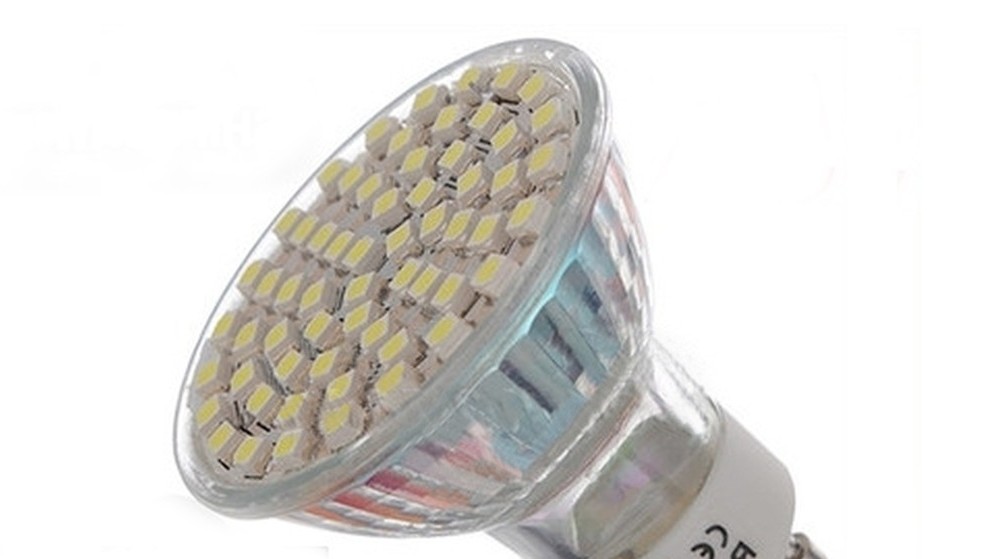
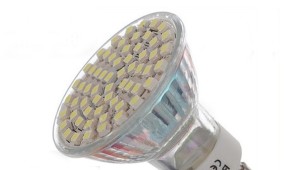 3. Stylish and Adjustable
3. Stylish and Adjustable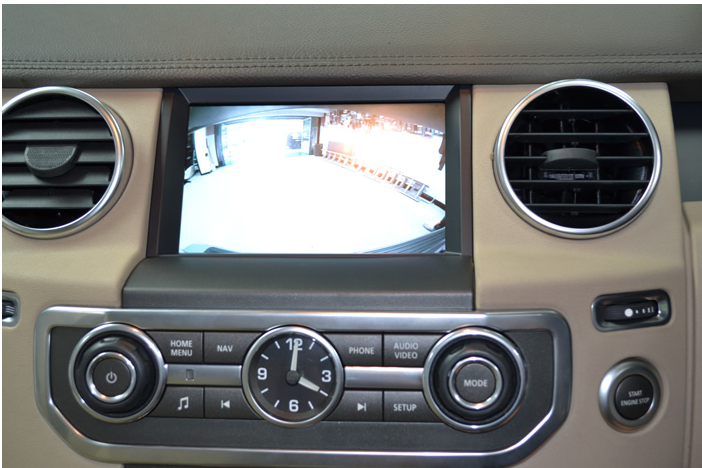
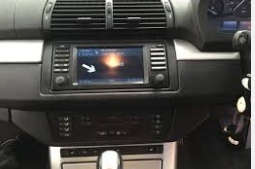 A good reverse camera has the capability to switch on automatically when the vehicle in engaged in the reverse direction. This feature eliminates the need of manually switching on the camera each time you want to reverse your vehicle.
A good reverse camera has the capability to switch on automatically when the vehicle in engaged in the reverse direction. This feature eliminates the need of manually switching on the camera each time you want to reverse your vehicle.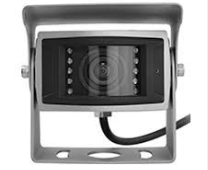 This is a feature that allows the camera to work optimally even in hazardous weather conditions. Such cameras withstand various elements including; water, ice, snow, oil, dirt, salt road grime, detergents as well as high-pressure washes. Also, exterior cables and connectors should also withstand such elements.
This is a feature that allows the camera to work optimally even in hazardous weather conditions. Such cameras withstand various elements including; water, ice, snow, oil, dirt, salt road grime, detergents as well as high-pressure washes. Also, exterior cables and connectors should also withstand such elements.